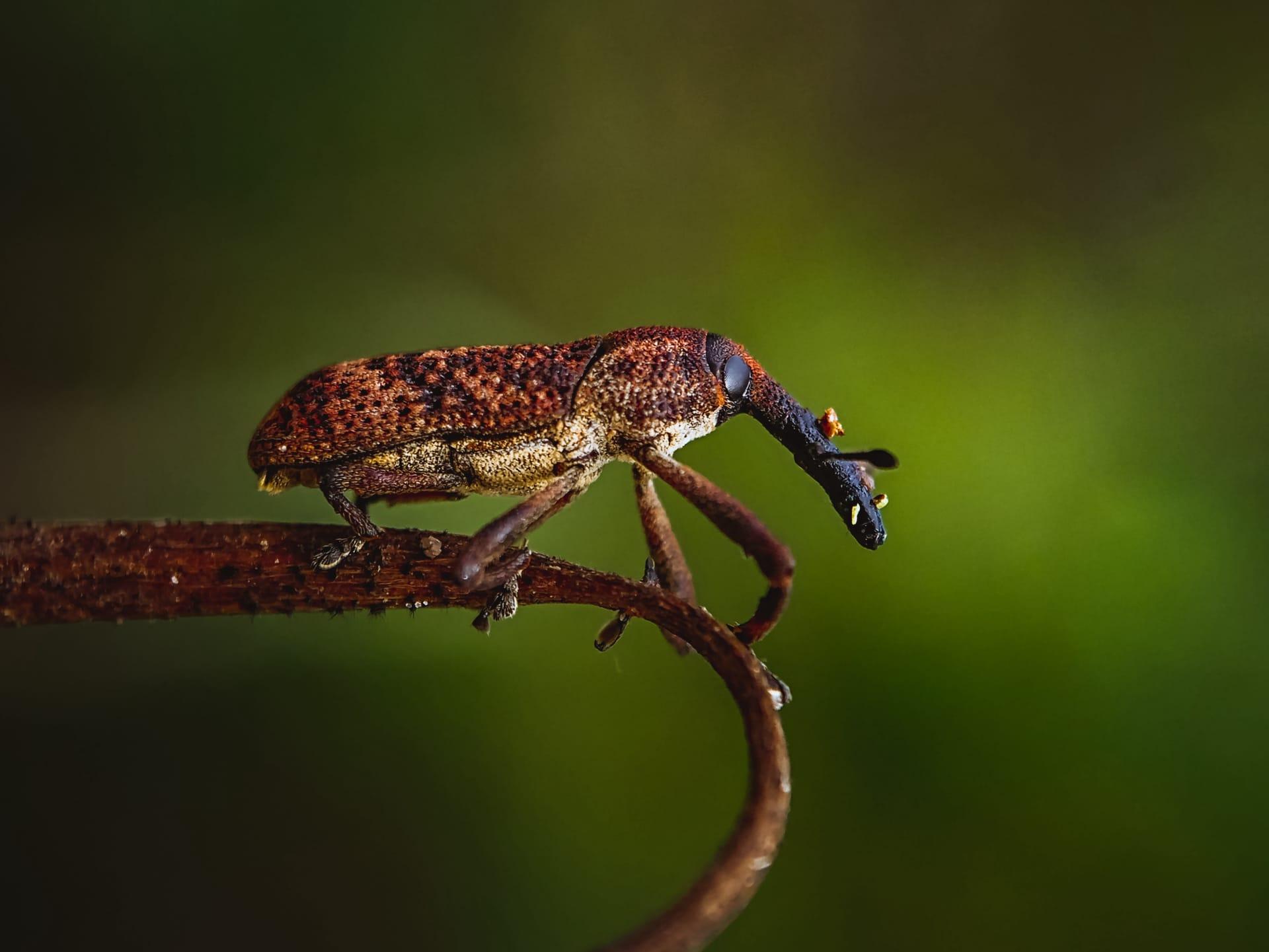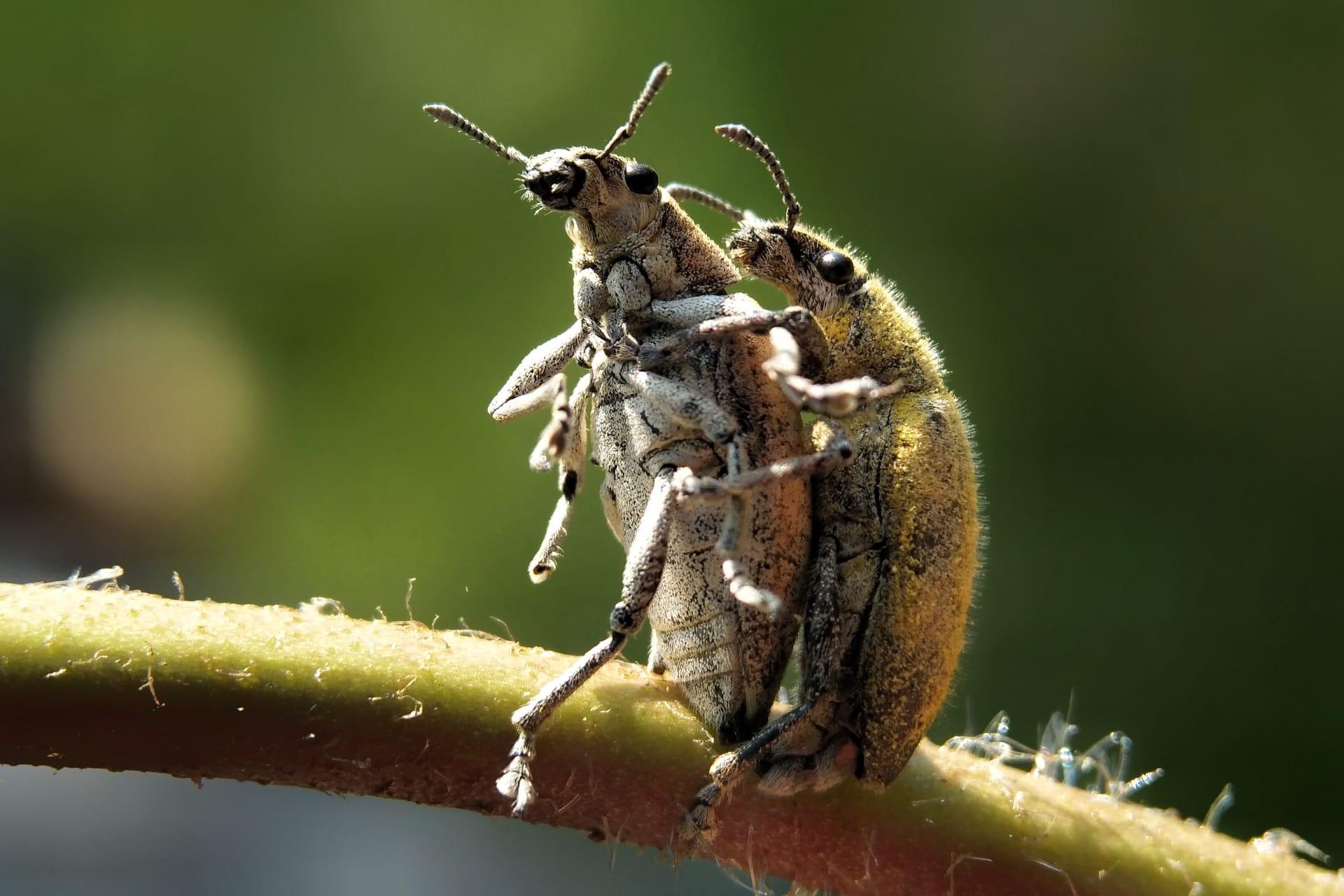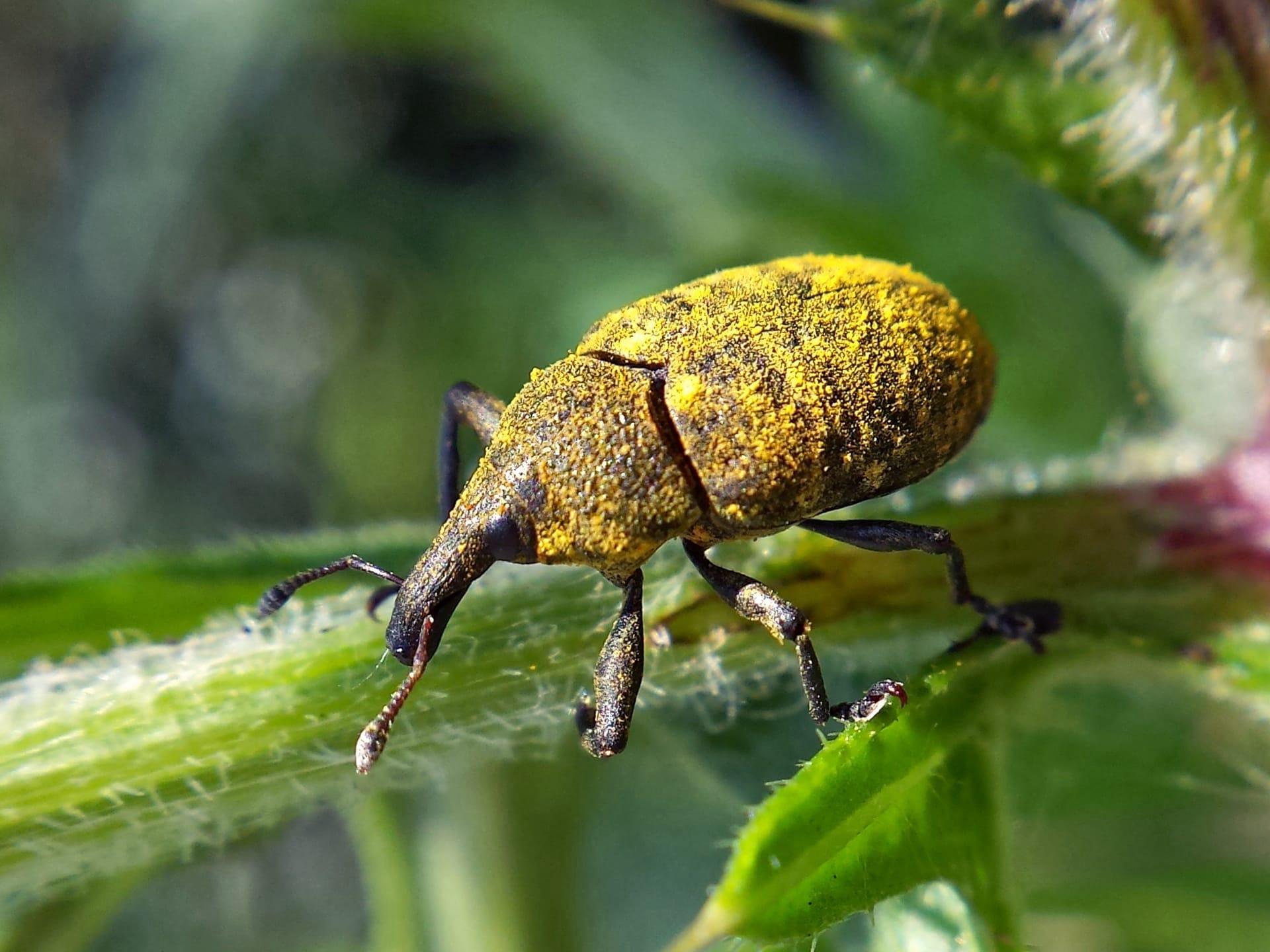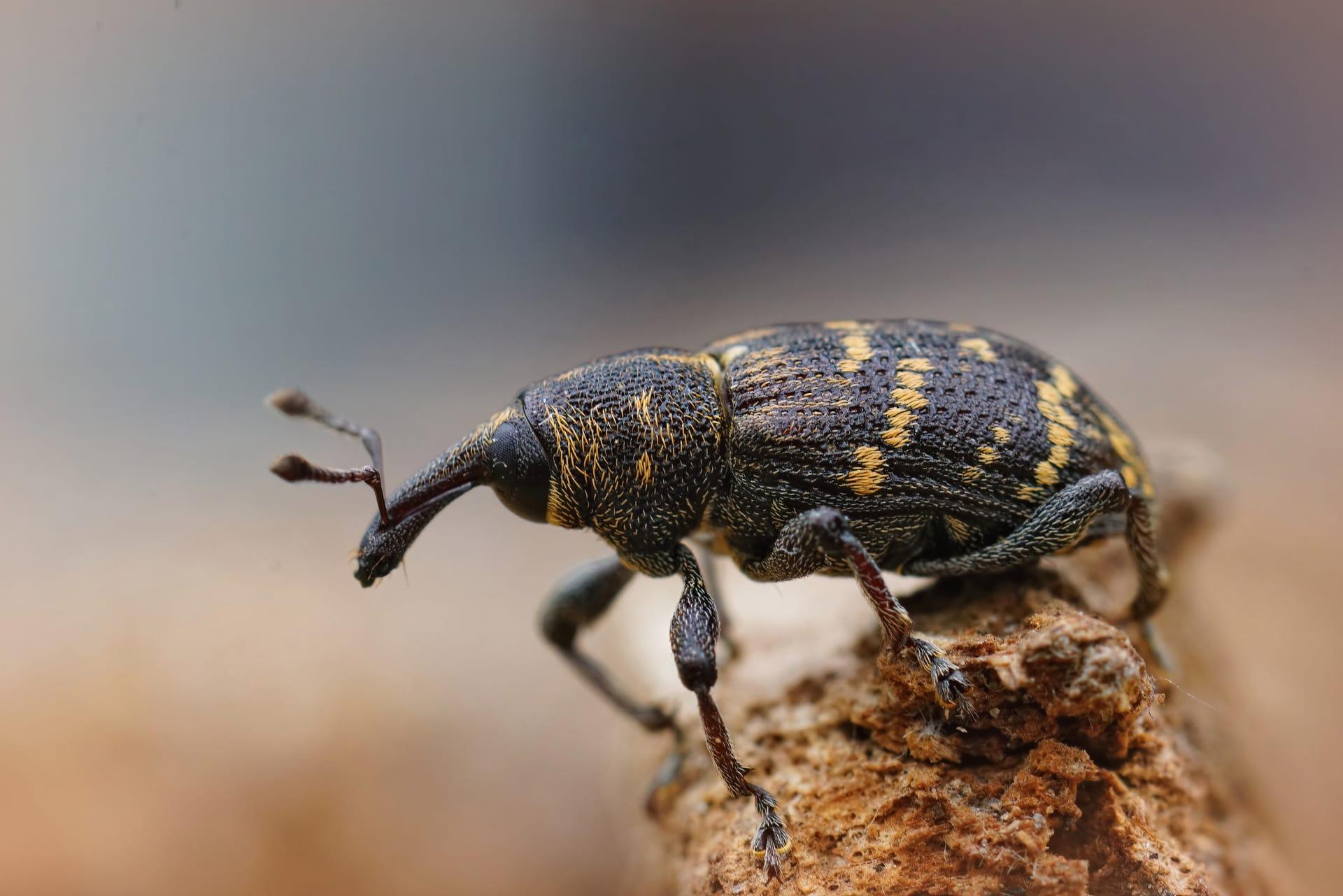Weevils Trivia
- Home /
- Trivia Question /
- Animal /
- Weevils Trivia
1
Question: What distinguishes weevils from other beetles?
Answer: Weevils are unique among beetles for their elongated snouts or proboscises, which they use to bore into plants. This snout can be as long as the weevil's body itself, which typically measures from 3 to 10 millimeters. Another distinctive feature is their body shape, which tends to be more oval and less rounded compared to other beetles. Weevils also have a special joint in their antennae, allowing them to bend it in a distinctive L-shape.
Question: How many species of weevils are there, and where can they be found?
Answer: With over 60,000 species, weevils hold the title for the largest family in the animal kingdom. They are incredibly diverse and can be found all over the world, with habitats ranging from the driest deserts to lush rainforests. This vast species count includes a variety of sizes, shapes, and colors, making them a fascinating subject for entomologists.

2
Question: Do weevils pose a threat to humans?
Answer: Generally, weevils are harmless to humans. They don't bite or sting, and their main focus is on plants. However, some species, like the boll weevil, can be a nuisance to agriculture, causing significant damage to crops like cotton. In homes, pantry weevils can infest and spoil stored grains and dry foods. While they don't pose a health risk, they can lead to food waste.
Question: Are all weevils pests?
Answer: While it's true that some weevils are considered pests, particularly in agriculture and food storage, not all of them are harmful. Many weevils play important roles in their ecosystems, such as aiding in plant pollination or acting as a natural control agent for invasive plant species. For example, the weevil Larinus planus is used in North America for the biological control of invasive thistles.

3
Question: What do weevils eat?
Answer: Weevils are primarily herbivores, feeding on a wide range of plants. Their diet is often species-specific, with some weevils like the acorn weevil specializing in seeds or nuts, while others might target leaves, stems, or roots. The larval stage of many weevils is especially known for feeding inside plant tissues, which can sometimes lead to the formation of galls - abnormal plant growths.
Question: How do weevils reproduce, and what is their life cycle like?
Answer: The life cycle of weevils is quite fascinating. It begins with the female laying eggs inside a plant tissue, often in a hole she creates using her snout. After hatching, the larvae remain inside the plant, feeding and growing until they are ready to pupate. This process can take from a few weeks to several months, depending on the species and environmental conditions. Once they emerge as adults, weevils can live for several months, sometimes over a year.

4
Question: Can weevils fly?
Answer: Yes, many weevils are capable of flight. Despite their often bulky bodies, weevils have a pair of functional wings beneath their hard, shell-like wing covers (elytra). These wings are folded beneath the elytra and are deployed when the weevil needs to fly, typically for short distances. However, not all weevil species are good flyers, and some might rarely use this ability.
Question: What are some natural predators of weevils?
Answer: Weevils, like many small insects, have a variety of natural predators that help keep their populations in check. These include birds, small mammals, reptiles, and even other insects. In the insect world, ladybugs and lacewings are known to prey on weevil larvae, while spiders and ants can capture adult weevils. Some parasitic wasps also target weevils, laying their eggs inside the weevil larvae.

5
Question: How do weevils impact the environment?
Answer: Weevils have a mixed impact on the environment. On one hand, certain species can be detrimental to agriculture and forestry, damaging crops and trees. On the other hand, many weevils contribute positively by helping decompose plant matter, thus enriching soil nutrients. Some even help control invasive plant species, making them valuable for ecological balance.
Question: Are weevils active year-round?
Answer: The activity of weevils largely depends on the climate and the specific species. In temperate regions, many weevils are more active during warmer months and go into a dormant state, or diapause, during winter. In tropical climates, however, weevils may remain active throughout the year. Seasonal changes and temperature fluctuations play a significant role in determining their life cycle timing and feeding habits.